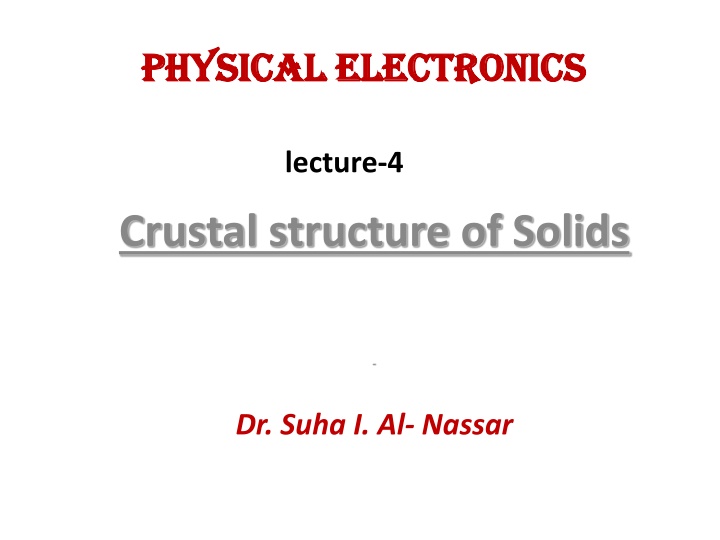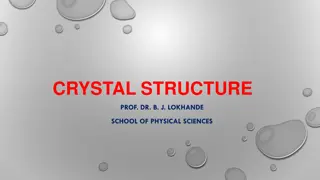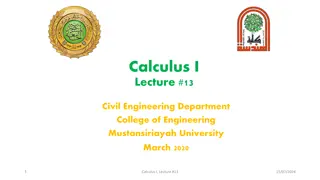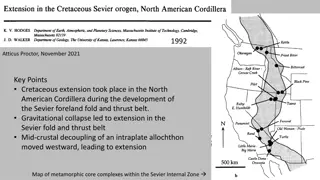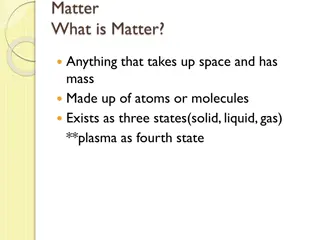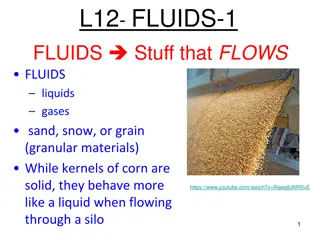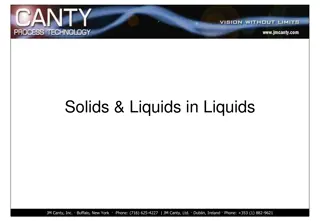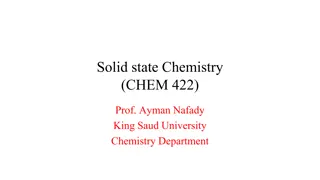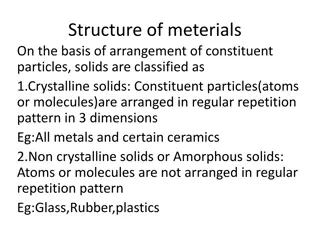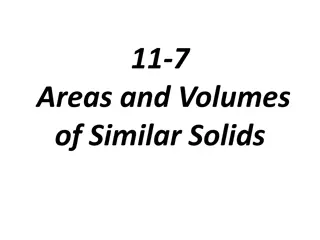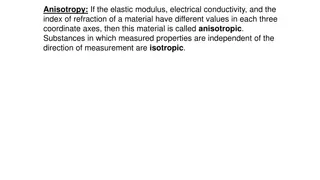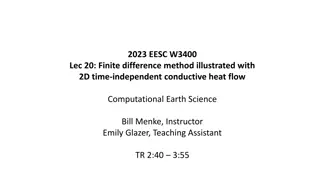Crustal Structure of Solids: A Detailed Overview
This content delves into the crystal structure of solids, focusing on semiconductor properties, unit cells, lattice systems, principal metal crystal structures, and Miller indices. It covers basic definitions, types of crystal structures, and the importance of Miller indices in materials science.
Download Presentation

Please find below an Image/Link to download the presentation.
The content on the website is provided AS IS for your information and personal use only. It may not be sold, licensed, or shared on other websites without obtaining consent from the author.If you encounter any issues during the download, it is possible that the publisher has removed the file from their server.
You are allowed to download the files provided on this website for personal or commercial use, subject to the condition that they are used lawfully. All files are the property of their respective owners.
The content on the website is provided AS IS for your information and personal use only. It may not be sold, licensed, or shared on other websites without obtaining consent from the author.
E N D
Presentation Transcript
Physical Physical Electronics Electronics lecture-4 Crustal structure of Solids Dr. Suha I. Al- Nassar
Crustal structure of Solids The semiconductor is in general a single-crystal material. The electrical properties of a single- crystal material are determined not only by the chemical composition but also by the arrangement of atoms in the solid The crystal structure of a material (the arrangement of atoms within a given type of crystal) can be described in terms of its unit cell. The unit cell is a small box containing one or more atoms arranged in 3-dimensions. The unit cells stacked in three-dimensional space describe the bulk arrangement of atoms of the crystal. The unit cell is represented in terms of its lattice parameters, which are the lengths of the cell edges (a,b and c) and the angles between them (alpha, beta and gamma)
Some Basic Definitions: Crystal: it is a solid composed of atoms, ions, or molecules arranged in a pattern that is repeated in three dimensions . Lattice The periodic arrangement of atoms in the crystal. Unit cell: The smallest component of the crystal which repeating unit of the lattice. Lattice systems These lattice systems are a grouping of crystal structures according to the axial system used to describe their lattice. Each lattice system consists of a set of three axes in a particular geometric arrangement. There are seven lattice systems,
Principal Metal Crystal Structures There are three main types of crystal structure The simple cubic cell (primitive cubic) is the simplest unit cell and has structural particles centered only at its corners. The body-centered cubic (bcc) structure has an additional structural particle at the center of the cube. The face-centered cubic (fcc) structure has an additional atoms on each face plane.
Importance of Miller Indices In Materials Science it is important to have a notation system for atomic planes since these planes influence Optical properties Reactivity Surface tension Dislocations
